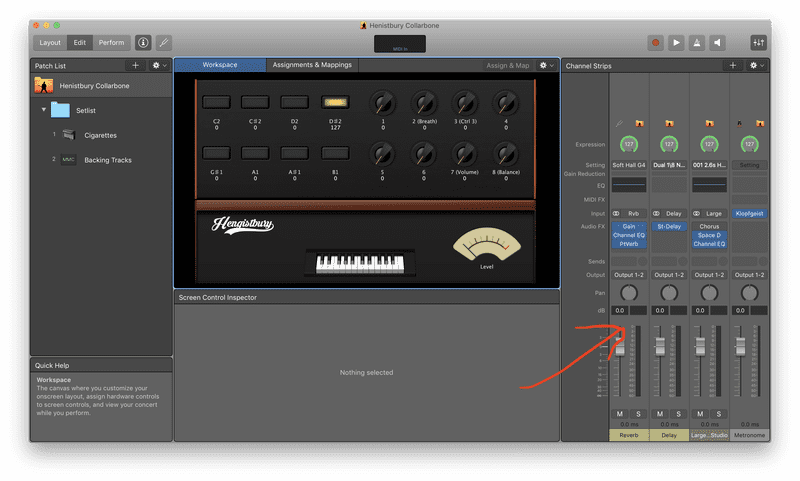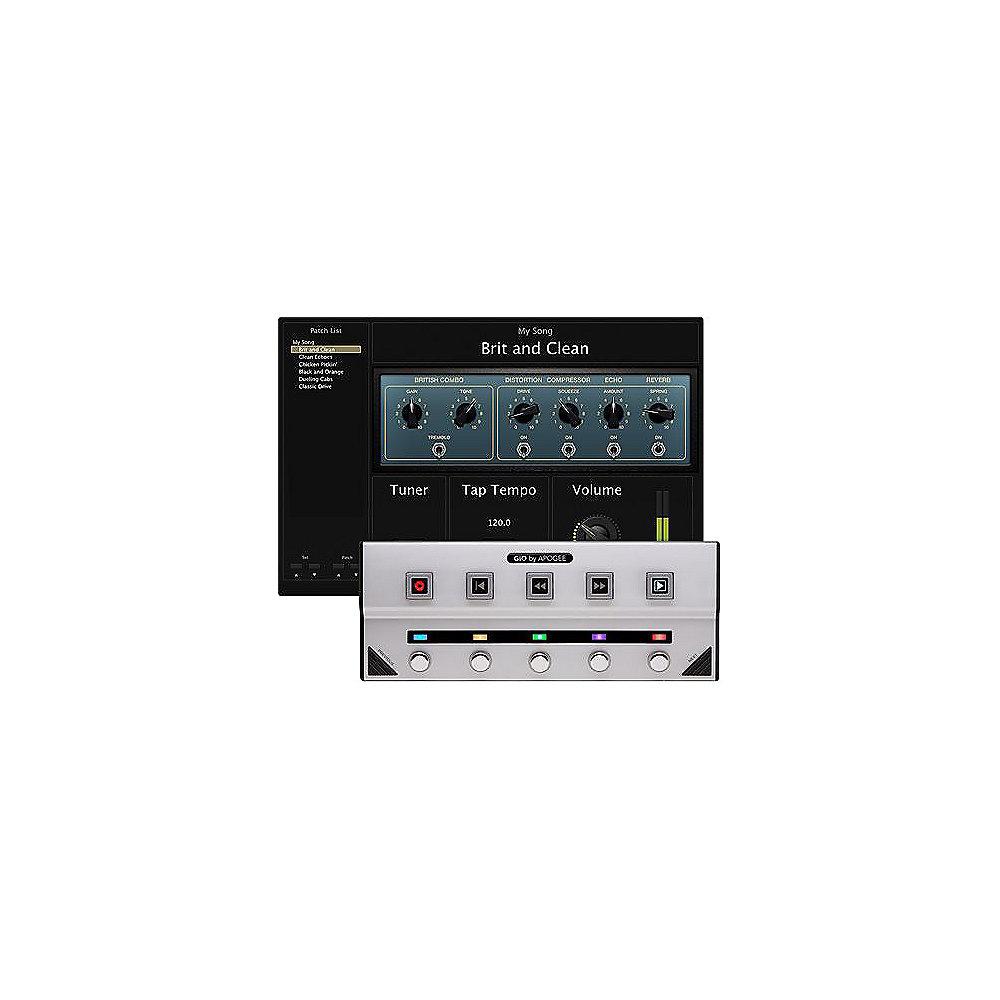

Multiple shelf controls can exist in one shelf.
APPLE MAINSTAGE 3 PATCH

Here’s a list of the elements we need for a layout… With your gear powered on, launch MainStage and open up the default layout.

This might result in stability issues with equipment expecting a constant supply of power. While some splitters are powered, un-powered models distribute bus-power to more ports. It’s also important to try to avoid using splitters. Bus power isn’t the most consistent source of power, and it’s best to use a dedicated power adapter whenever possible. If your bus-powered audio interface also happens to come with a power adapter, the best practice is to plug it in. Some audio interfaces are “bus-powered,” which means power is supplied via USB, FireWire, or ThunderBolt without the need for a power supply.

Once you’ve connected your audio interface to your computer, power it on. If you own a Retina MacBook Pro, you’ll need a ThunderBolt to FW800 adapter to connect FireWire equipment. I recommend this cable, which has always worked for me. I tend to stay away from FW800 to FW400 adapters because of compatibility issues in the past. Occasionally, I’ve had issues connecting certain pieces of USB 2.0 equipment to my MacBook Pro’s USB 3.0 ports. I say USB 3.0 and 2.0 are 99% backwards compatible because everything will work fine most of the time. ThunderBolt to FW800 adapters can be purchased if needed.FW800 to FW400 cables can be purchased if needed.USB 3.0 and 2.0 are 99% backwards compatible.Depending on the model you own, the connection will either be USB, FireWire, or ThunderBolt. The next step is to connect your audio interface to your computer.
APPLE MAINSTAGE 3 DRIVER
Consult the manufacturer’s website for information regarding driver downloads and updates. If you decide to go the USB route, a driver will likely need to be installed for proper functionality. If not, you can use a USB cable to connect your keyboard directly to your computer. If your audio interface has a MIDI input, I recommend connecting your keyboard to that for maximum compatibility. In most cases, you’ll have two choices - MIDI or USB. Now you’re ready to connect your keyboard to your computer.
APPLE MAINSTAGE 3 MANUAL
The nomenclature of these ports differ across different brands, so refer to the keyboard’s manual for more precise instructions. The patch change pedal should be plugged into another auxiliary or footswitch port. The volume pedal should be plugged into one of the auxiliary ports that support continuous MIDI data. The sustain pedal should be plugging into the sustain or damper port. The first step is to connect pedals to your keyboard.
APPLE MAINSTAGE 3 HOW TO
In this chapter, you’ll learn how to connect your equipment to your computer, how to create a proper layout for your MainStage concert, and how to map your physical hardware to their virtual counterparts. MainStage 3 lets you take your Mac to the stage with a full-screen interface optimised for live performance, flexible hardware control and a massive collection of plug-ins and sounds that are fully compatible with Logic Pro.Now that you have all your hardware, it’s time to hook it all up.


 0 kommentar(er)
0 kommentar(er)
